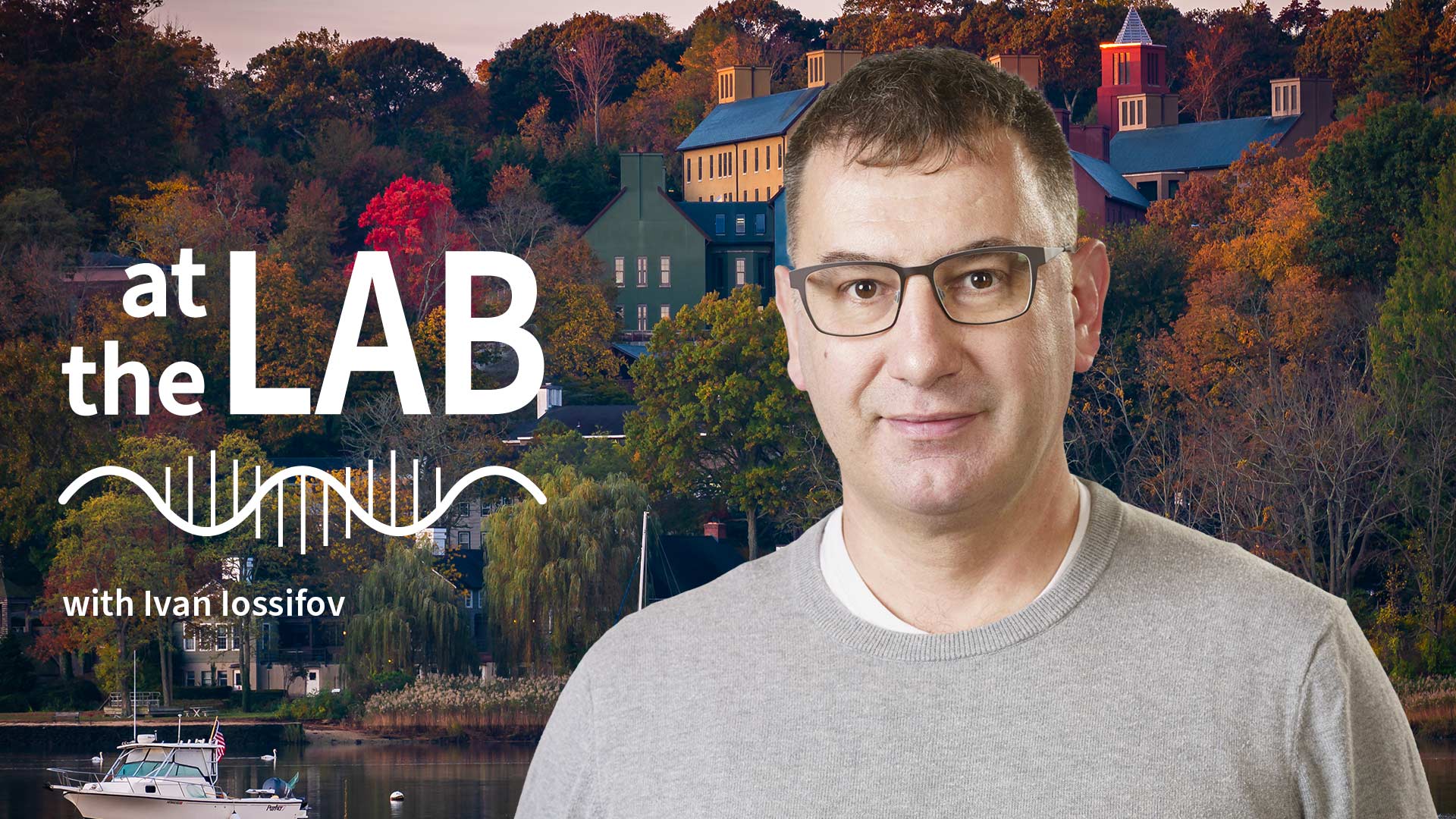In recognition of Autism Awareness Month, CSHL Professor Ivan Iossofiv joins us At the Lab to discuss what we know about autism today and the research aiming to decipher its origins. Join us as we walk through the amazing discoveries CSHL scientists have made and consider their implications for the future of autism research.
Read the related story: Siblings with autism share more of dad’s genome, not mom’s
Transcript
Sara Giarnieri: You’re now At the Lab with Cold Spring Harbor Laboratory. My name is Sara Giarnieri, and this week At the Lab, we’re celebrating Autism Awareness Month.
SG: For over two decades, Cold Spring Harbor Laboratory researchers have been working to decipher the genetic origins of autism. Their work has already helped increase autism awareness worldwide.
SG: Today we understand that autism spectrum disorders cover a range of neurological and developmental conditions. Autism often manifests as restricted interests and repetitive behaviors. Here’s CSHL Professor Ivan Iossofiv:
Ivan Iossofiv: There are children diagnosed with autism who are high functioning. They have a completely productive life, although they have some minor troubles in social interactions, as most of us do. But also, there are children diagnosed with autism who never learn to speak, and they have definitely a difficult life.
SG: According to the CDC, 1 in 36 children are diagnosed with autism, and the numbers continue to rise each year.
SG: CSHL researchers like Iossifov have reached several milestones toward our understanding of autism.
SG: In 2007, researchers found a link between spontaneous genetic mutations and autism.
SG: In 2011, they found another genetic clue: the deletion of a 27-gene cluster on chromosome 16 causes autism-like features.
SG: Now, Iossofiv and his colleagues have discovered that siblings with autism share more than 50% of their father’s genome. They’re not sure why, but Iossifov has a couple of ideas.
II: Our future research is also fairly exciting. If one of those theories or two of them prove to be true, then it opens different treatment strategies, which can, in the future, affect quite a lot of families.
SG: Iossifov’s research may also offer helpful tools for educators and therapists. It may lead to earlier diagnoses and continue to deepen our understanding of autism. And that’s what Awareness Awareness Month is all about!
SG: Thanks for listening to At the Lab. Please subscribe to get another fascinating story like this delivered each week. You can also find us online at cshl.edu and on all social media platforms. For Cold Spring Harbor Laboratory, I’m Sara Giarnieri, and I’ll see you next time At the Lab.
